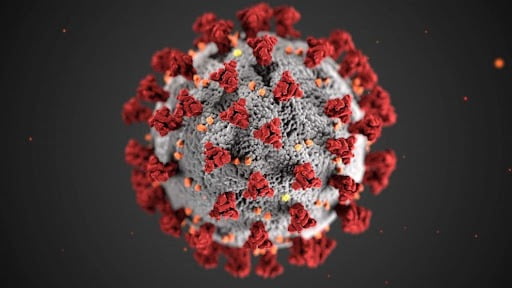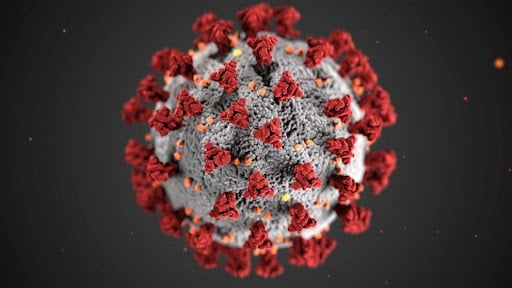On Thursday, U.S. President Joe Biden will announce plans to send military medical personnel to help the six states hardest hit by the influx of patients. Similarly, hospital cases have surged across much of neighbouring Canada, with Quebec seeing a surge over the weekend.
What do the numbers show?
Let’s start with this chart that compares how many people in different countries have been hospitalized with Covid-19 during the pandemic. It is adapted for population size and represents the ratio of infected hospital patients per million population.
The various peaks represented periods when each country was hit by a new wave of Covid, including the initial outbreak and influx of patients from hospitals, last winter’s surge, or the delta-driven summer peak.
The green line, for example, shows how badly Italy has been hit both at the beginning of the pandemic and last year, peaking at 638 infections per million inhabitants on November 23, 2020.
For Italy, France and the U.K., we see the number of hospitalized Covid patients remaining much lower than in previous waves. In the U.K. on January 10, 291 coronavirus patients were hospitalized per million.
Just under a year ago, that ratio was 576 per million. In France, the ratio was 347 per million on the same day, compared to 490 in November. On the other hand, in the United States, there were 411 Covid-19 patients hospitalized per million as of January 9, exceeding the previous peak of 400 per million sets on January 14, 2021. Similarly, data shows that in Canada, 206 people were hospitalized per million as of January 11, compared to previous highs of 118 in April and 128 in January 2021.
How does this affect hospitals?
U.S. hospitals have reported a surge in infected patients adding to the pressure on facilities already overwhelmed by the pandemic. Dr Juan Reyes, medical director of George Washington University Hospital in Washington, D.C., which has one of the highest per capita hospitalization rates in the U.S., said the increase was “more challenging” than previous increases.
“The difficulty we feel now is that it’s happening at a higher volume and a little harder,” he told the BBC. “The difference now is more effort for both healthcare professionals and the general population.” Dr Lewis Rubinson, medical director of New Jersey’s Morristown Medical Center, said the current surge in hospital admissions is “roughly double the previous high in winter 2020” despite less severe infections among patients. He partly attributed the increase in cases to an increase in the number of tests for everyone who, for whatever reason, goes to the hospital.
What happened in South Africa?
In South Africa, where the Omicron variant was first discovered in November, researchers found that people infected with Omicron were less likely to be hospitalized and more likely to recover quickly. Although there is no update on the proportion of Covid patients in hospitals per capita, many South African hospitals reported that the number was significantly lower than previous highs. The Steve Biko Academic Hospital in Tswane, for example, told the International Journal of Infectious Diseases that the number of infected patients is about half of what was reported up to mid-November. The researchers believe previous waves of Covid-19 in South Africa and relatively low vaccination rates meant that many residents were likely already exposed and developed some level of immunity.
Why is America different?
Experts point to several reasons why the number of COVID-19 patients in North American hospitals is higher than in most other parts of the world. Professor David Larsen, an epidemiologist and global health expert at Syracuse University in New York, told the BBC that the population of the U.S. is markedly different from that of Europe and South Africa.
Dr Larsen added that it is “incredibly disturbing” to hear Americans downplay the ongoing threat from Omicron and believe that, like South Africa, the United States may soon emerge from the current wave. “Seasonality is also different,” he said. “The Omicron wave in South Africa happened in the summer, and it hits us in the winter when we know more people are congregating indoors, and more is being transmitted… that will be bad.”
Just over 63% of the U.S. population is fully vaccinated, well below the U.K. (71%) and Italy and France (75% each). In Canada, almost 79% of the population is fully protected.
“In other words, there is no single unified method for how we will operate across the board,” he said. “It’s more regional than national, and so you have gaps. The consequences of this are the hospitalization of people.”















